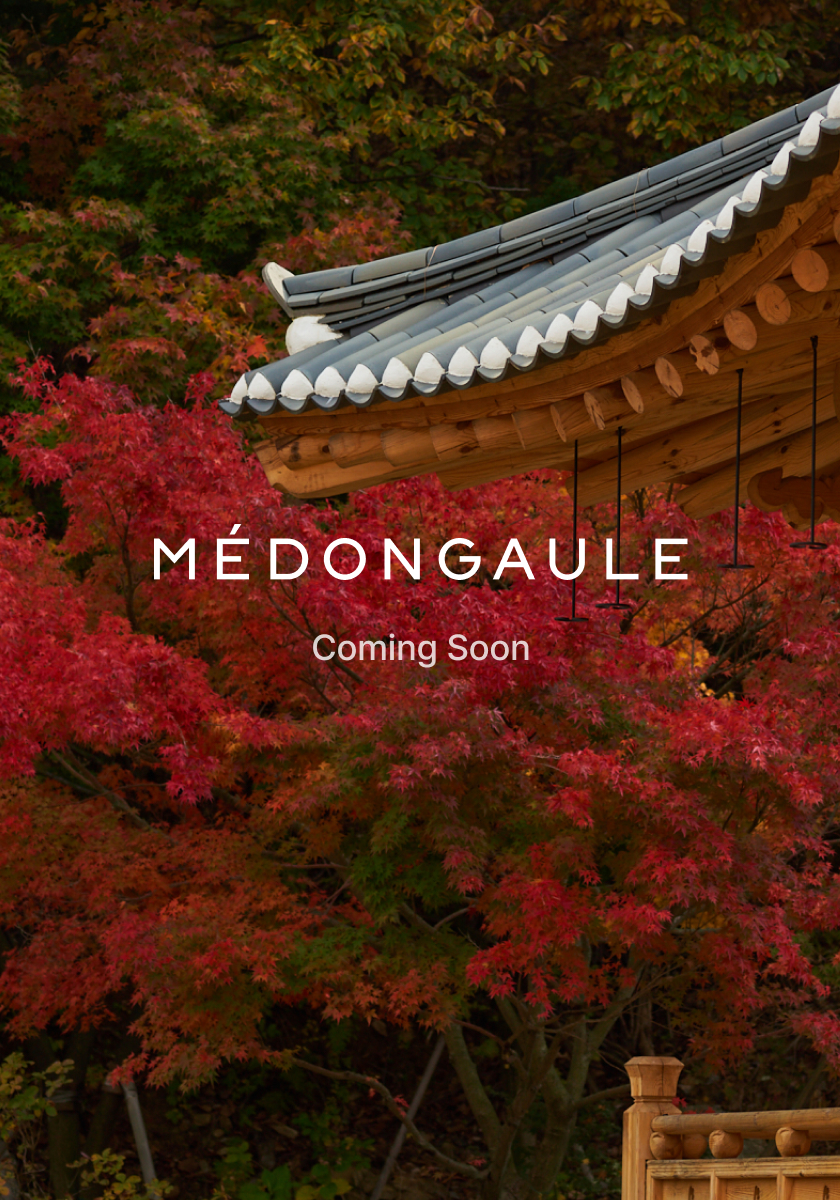Distinct Beauty in
Every Season
Visitors can experience not only the unique charm
of Korea's four seasons but also the sensory
delight of floral scents and birdsong.




The Lives of the Commoners: The gardens in this zone are dedicated to the ordinary people who shaped the foundational culture of Korea.
Features such as an orchard path inspired by the nursery rhyme Spring in My Hometown, stone walls reminiscent of scenes from Seopyeonje,
a village guardian tree, and a wash area by Médongnae Stream evoke the nostalgic charm of a rural Korean hometown.
The Elegance of Seonbi: The gardens in this zone reflect the spirit of Seonbi (Korean scholars) who found joy in arts and poetry amidst nature.
Traditional Korean architecture, seamlessly blending into the surrounding landscape, along with a pair of square ponds, captures the graceful essence of the Seonbi.
In Jaeyedang Courtyard, the highlight of the Médongaule Korean Gardens, stands a fish-shaped rock that leaves a striking impression on visitors.
The Spirit of the Korean People: The features in this zone are inspired by Neo-Confucianism, Buddhism, and Shamanism,
the three key spiritual influences on the Korean people. The stone garden and Seowon reflect the scholarly ideals of Neo-Confucianism,
while a hidden mountain trail behind the Seowon, imbued with shamanistic elements, leads visitors to a small Buddhist temple.
